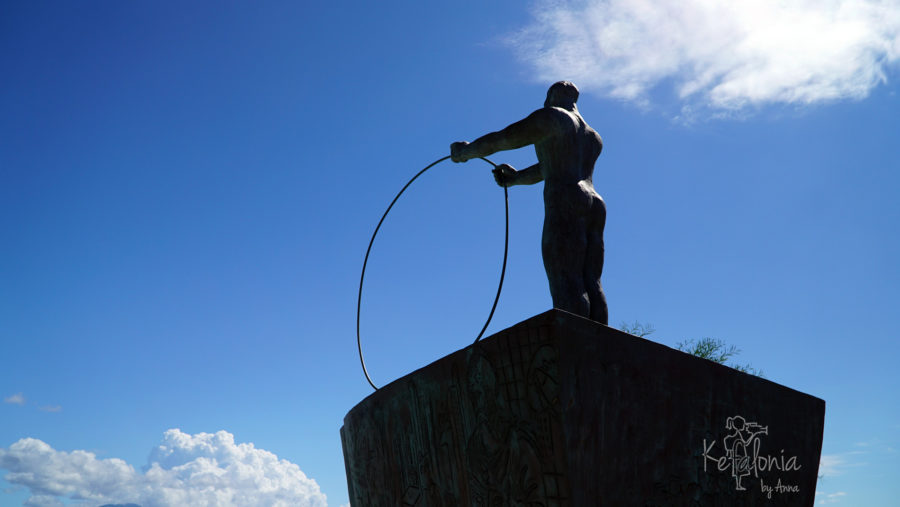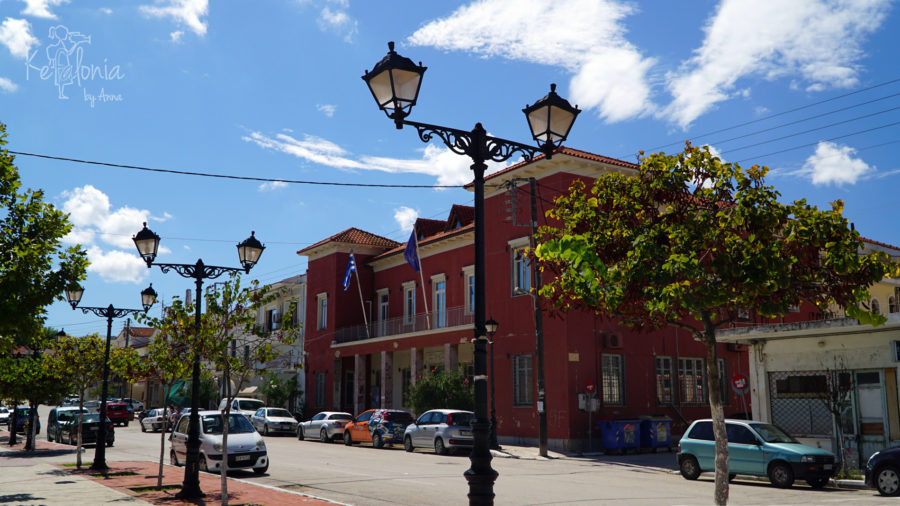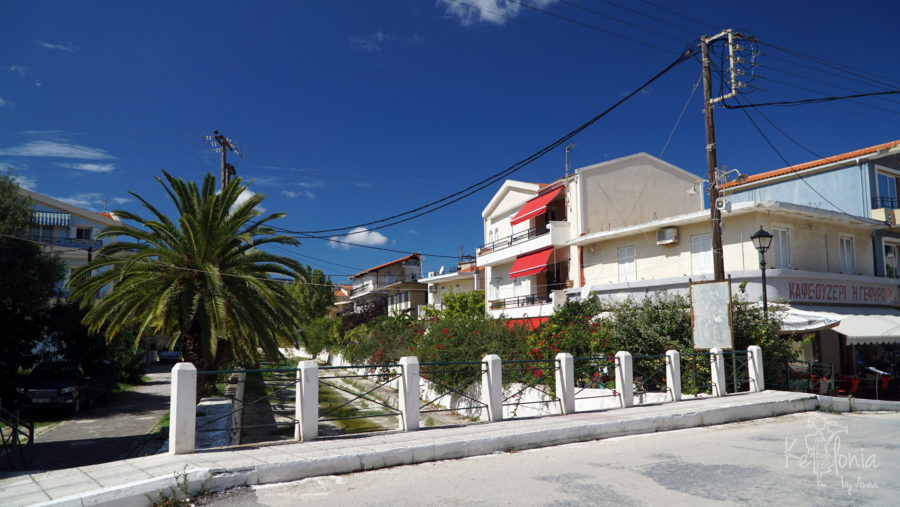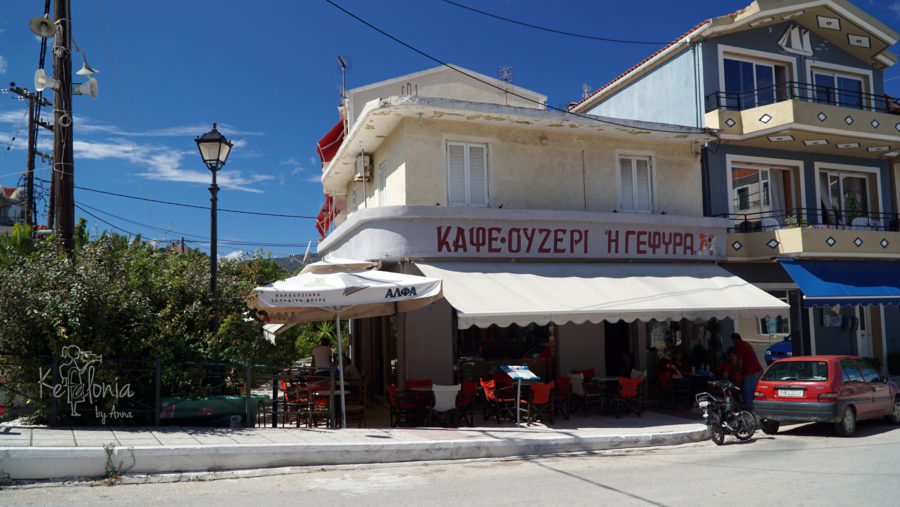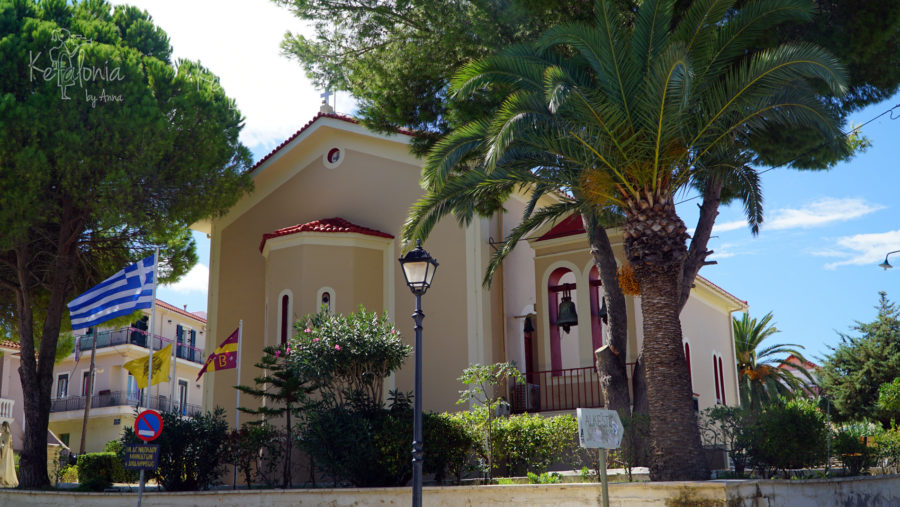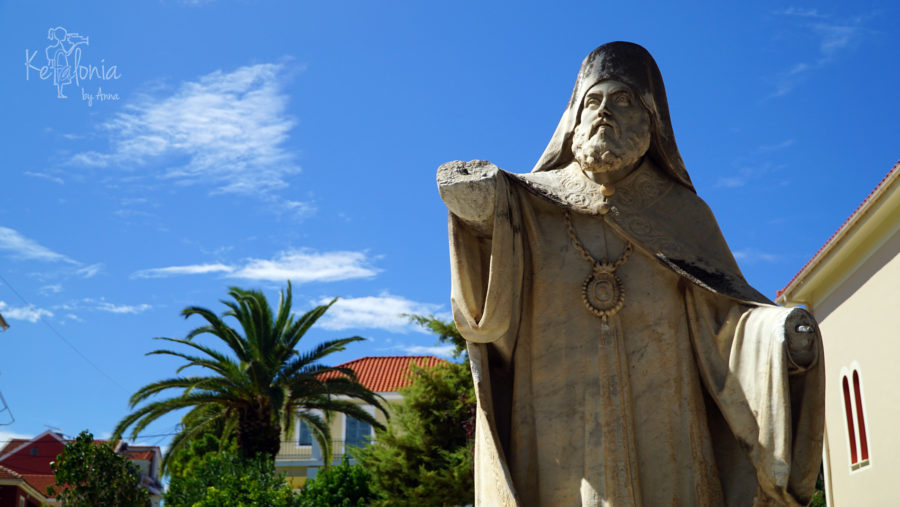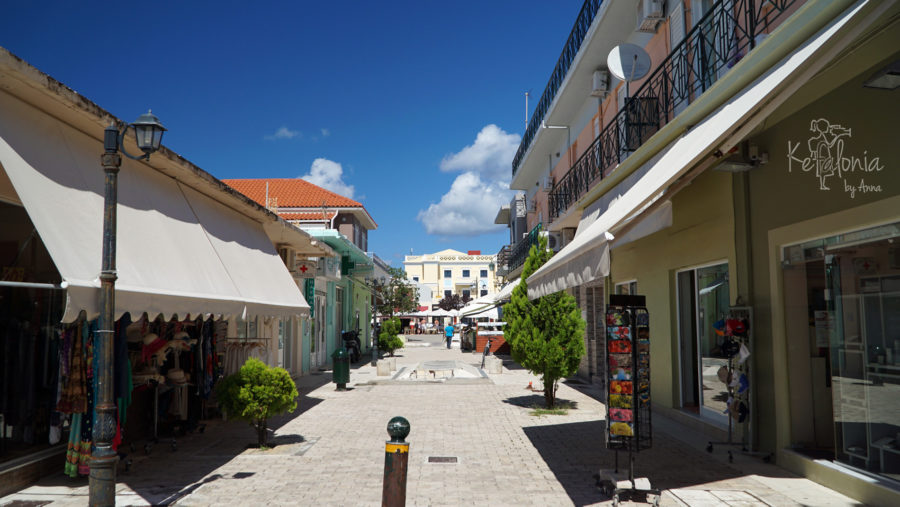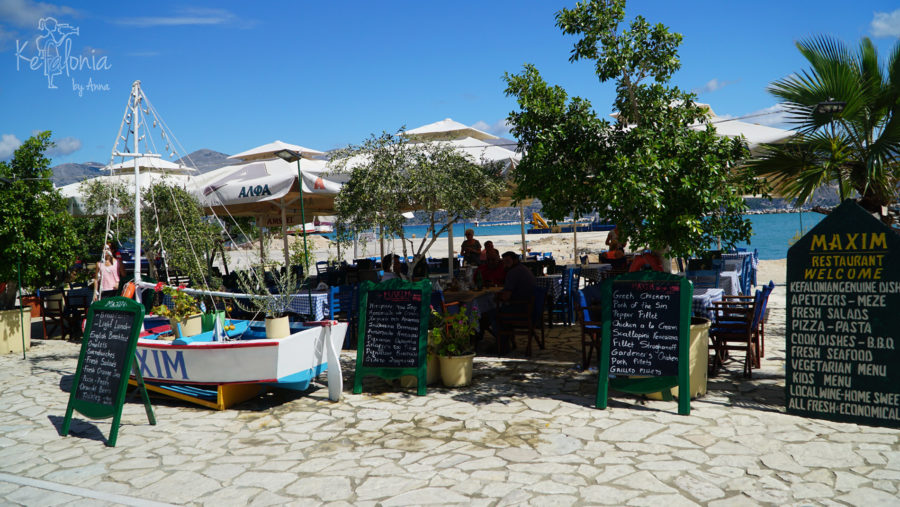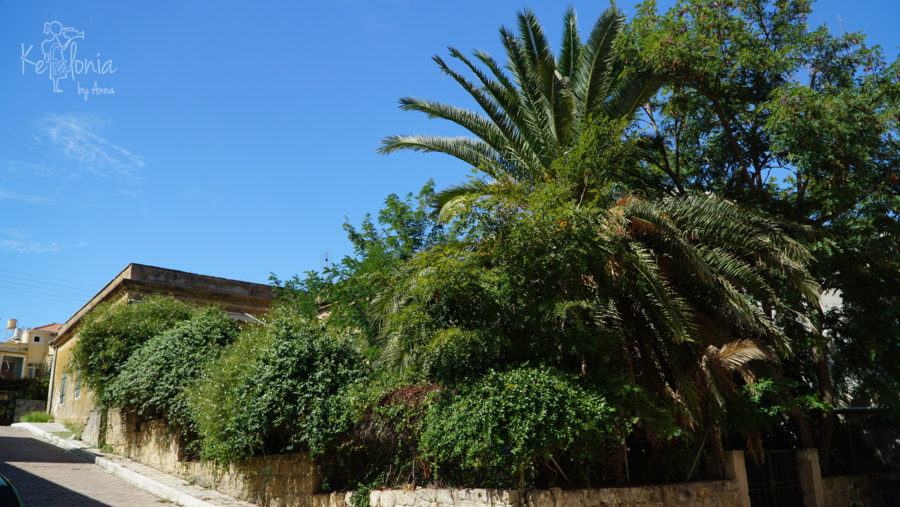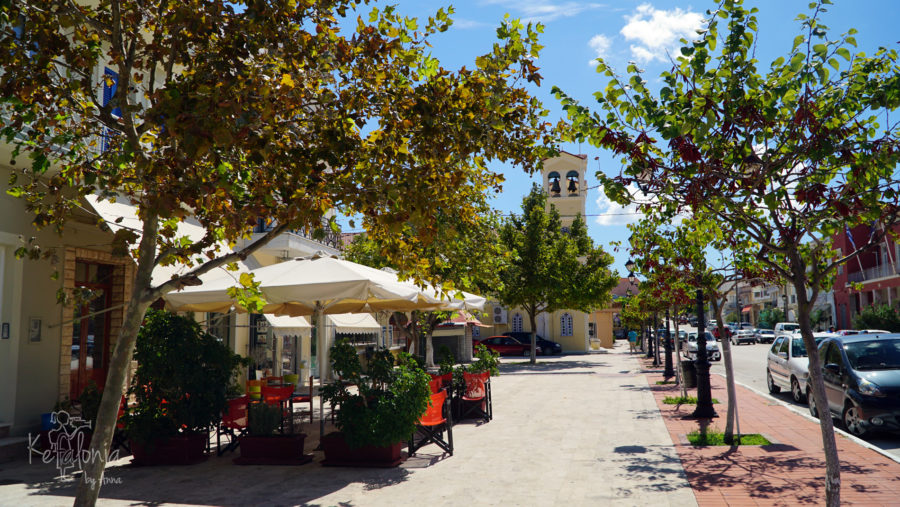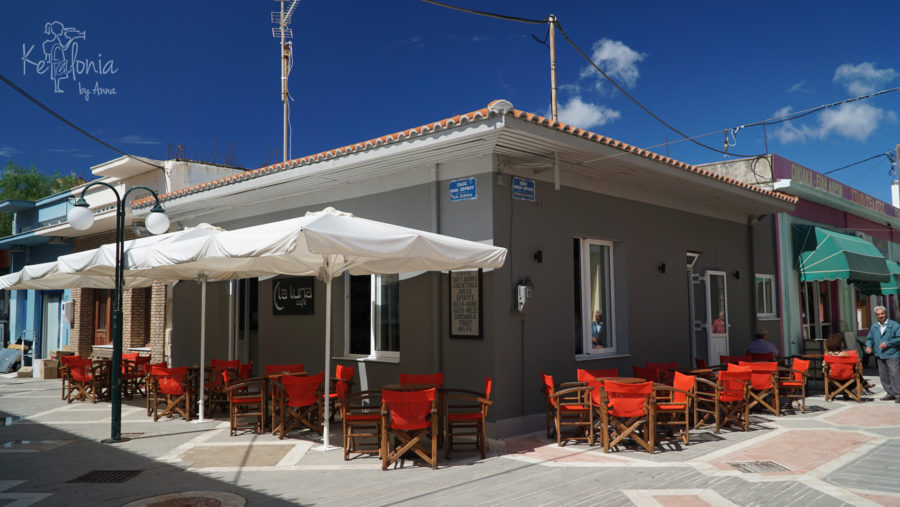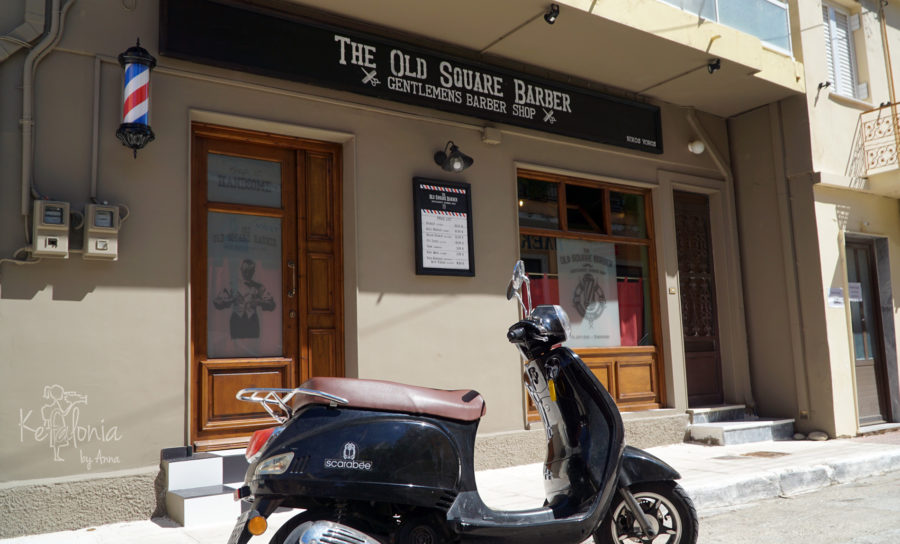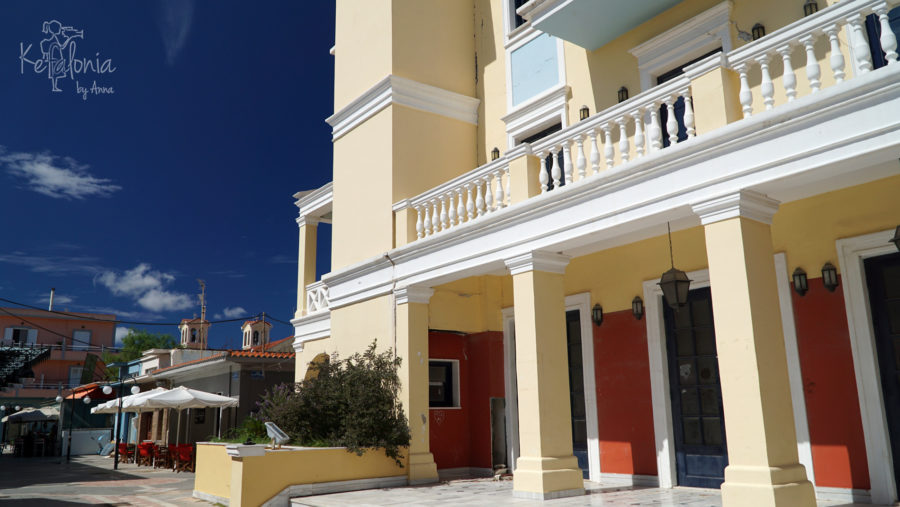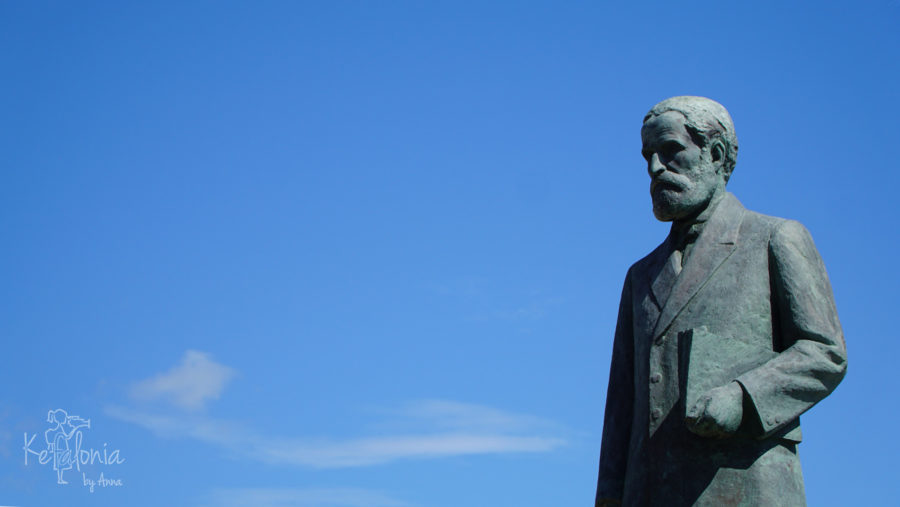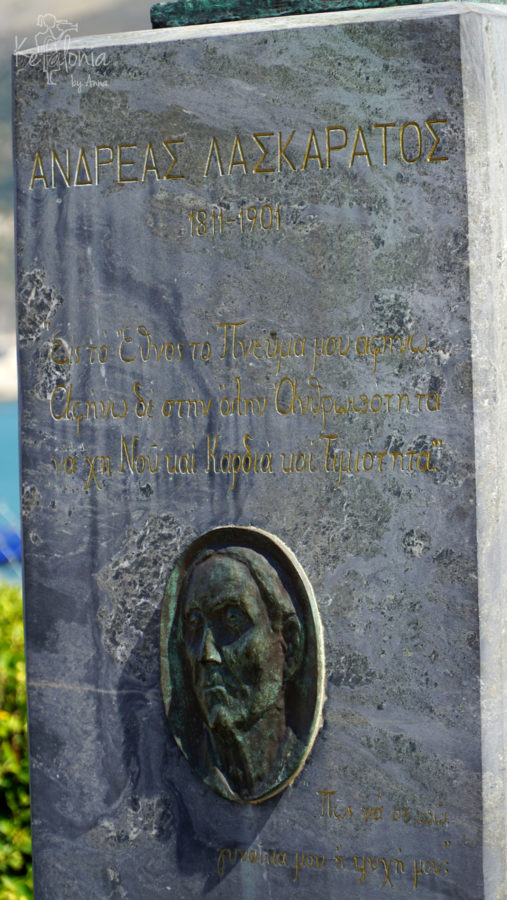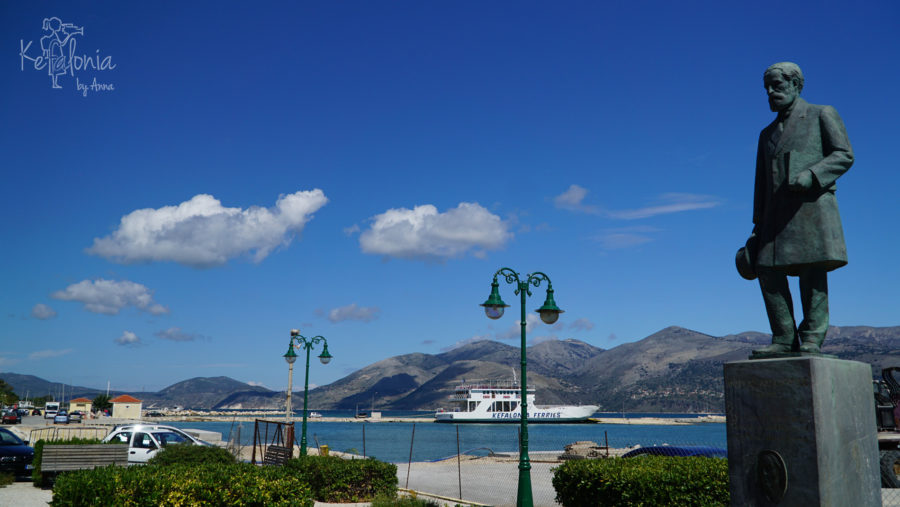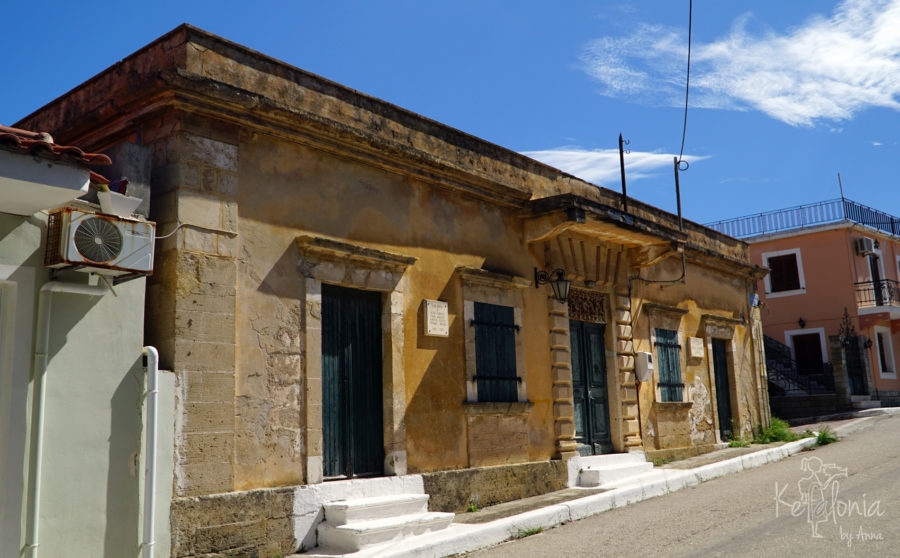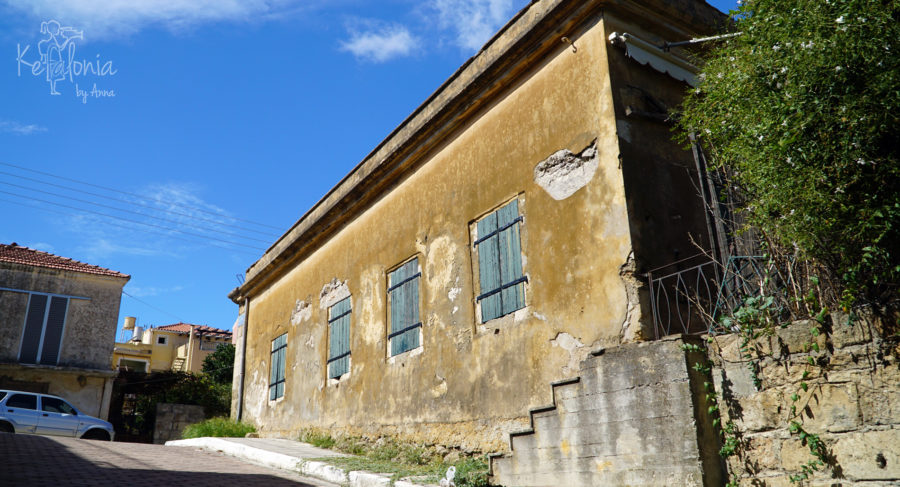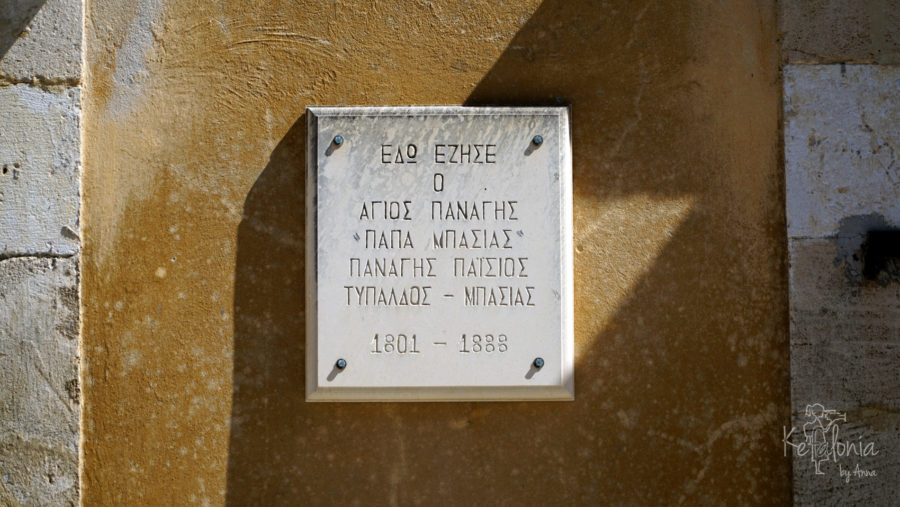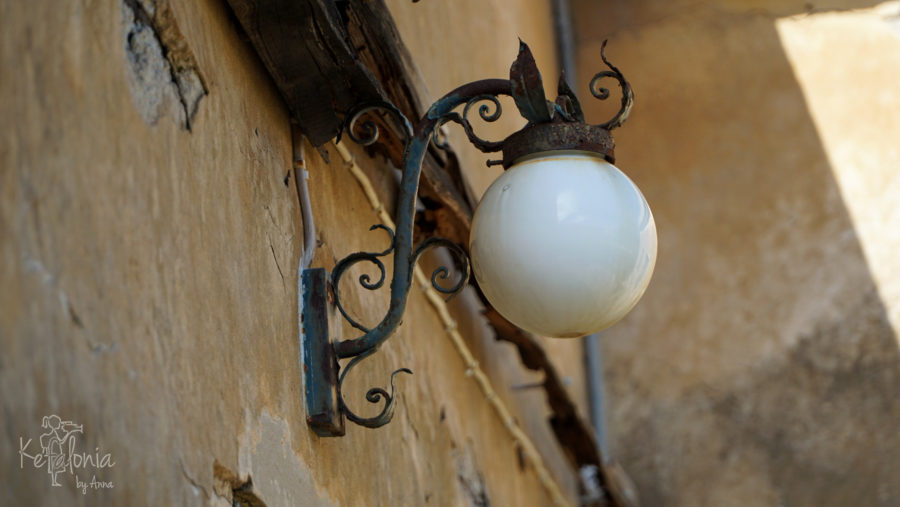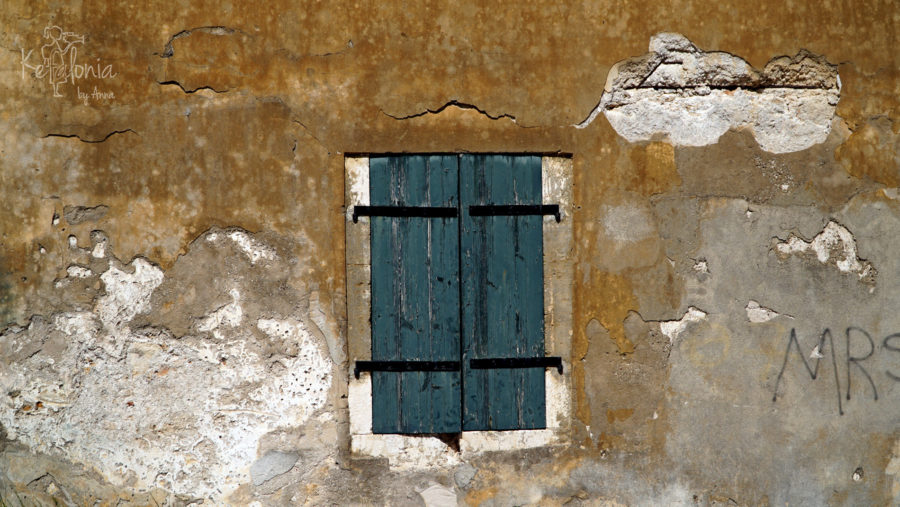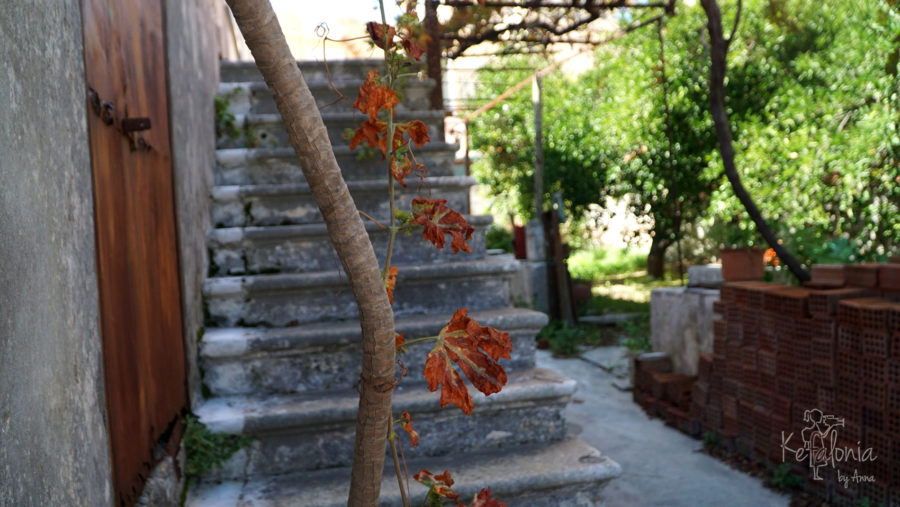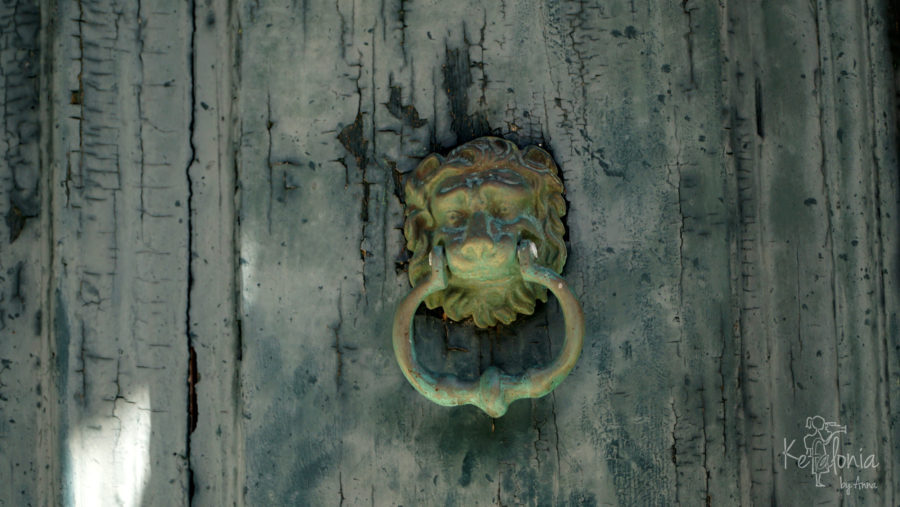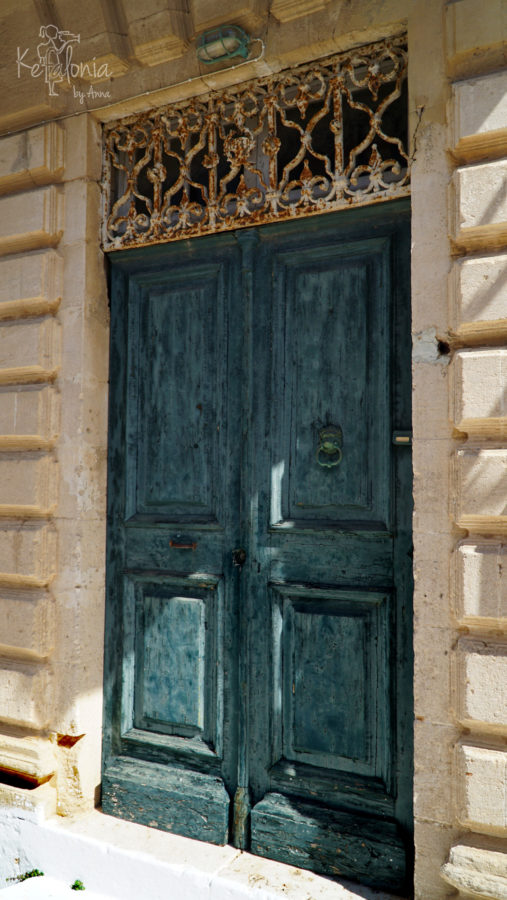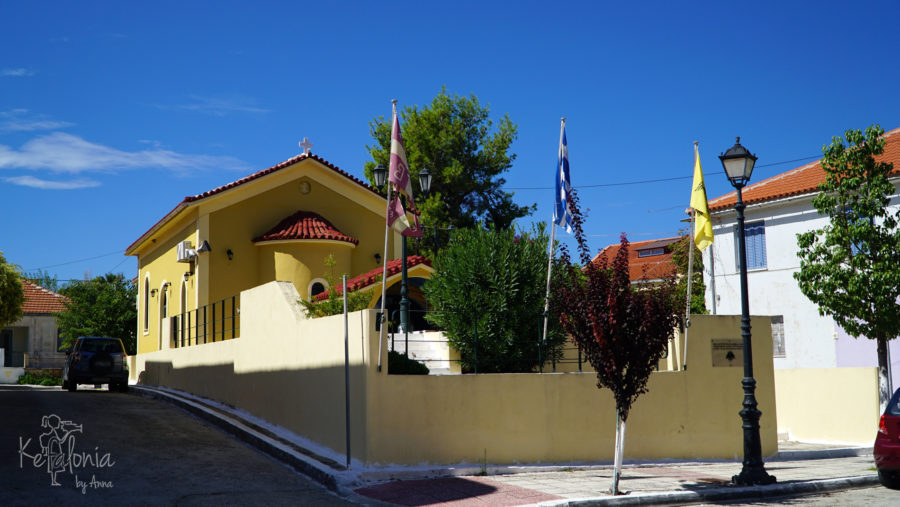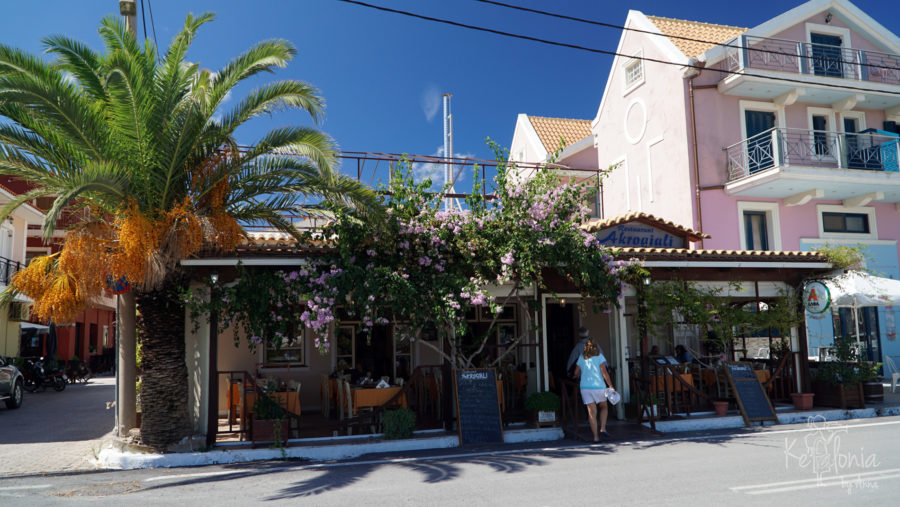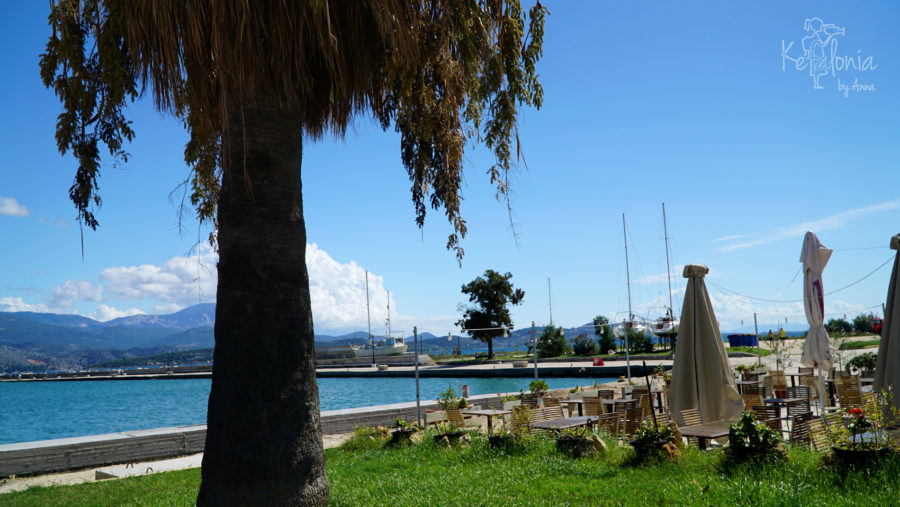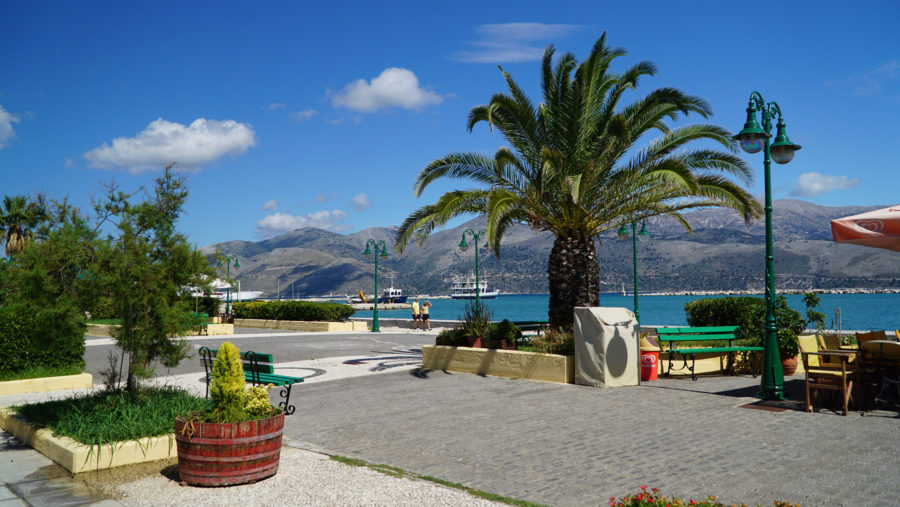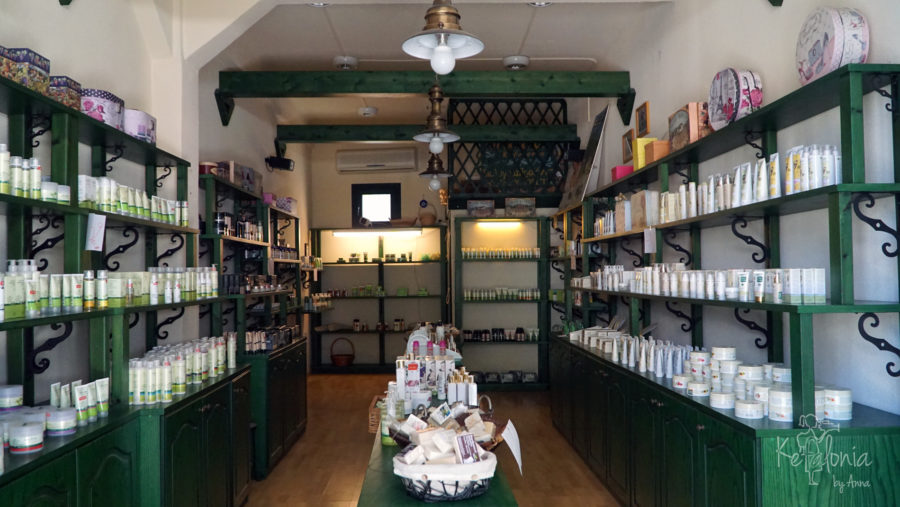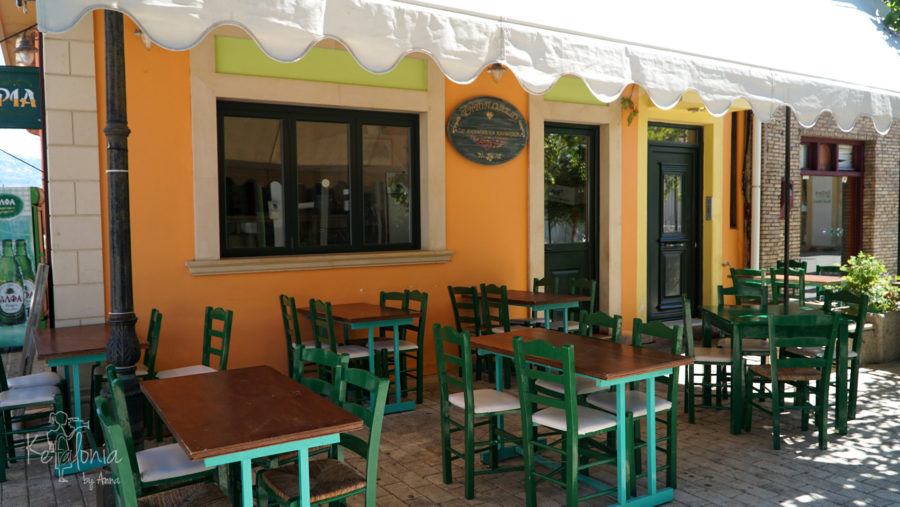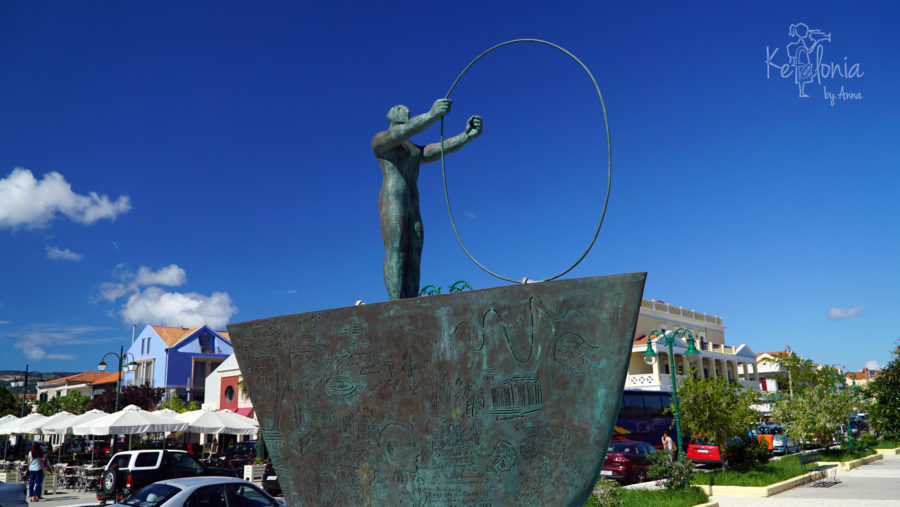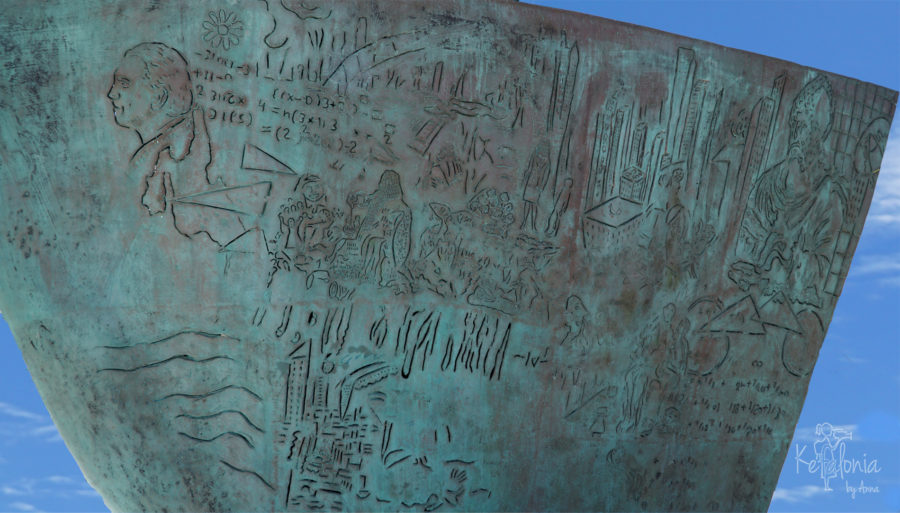Kefalonia’s second largest town
It is a beautiful little town, the second largest after Argostoli and the biggest one in the peninsula of Paliki. Lixouri is a lively working town and port with an interesting street layout, an impressive main square and houses with gardens full of flowers.
It has rich history since the ancient city of Pali, which belonged to the four major cities of the Kefalonian tetrapolis, which was situated slightly further north, in the location of Paliokastro and was abandoned completely by the 16th century. The ancient city was named after king Pileas and was so powerful that issued its own currency.
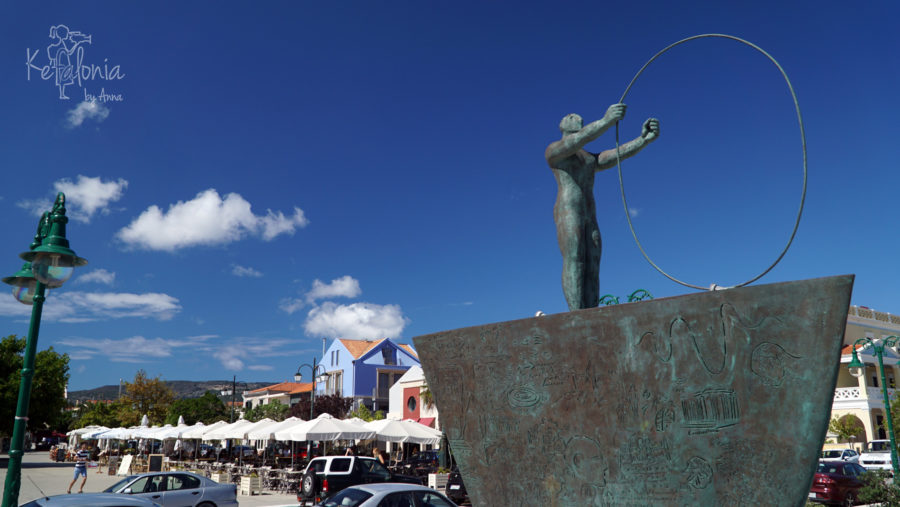
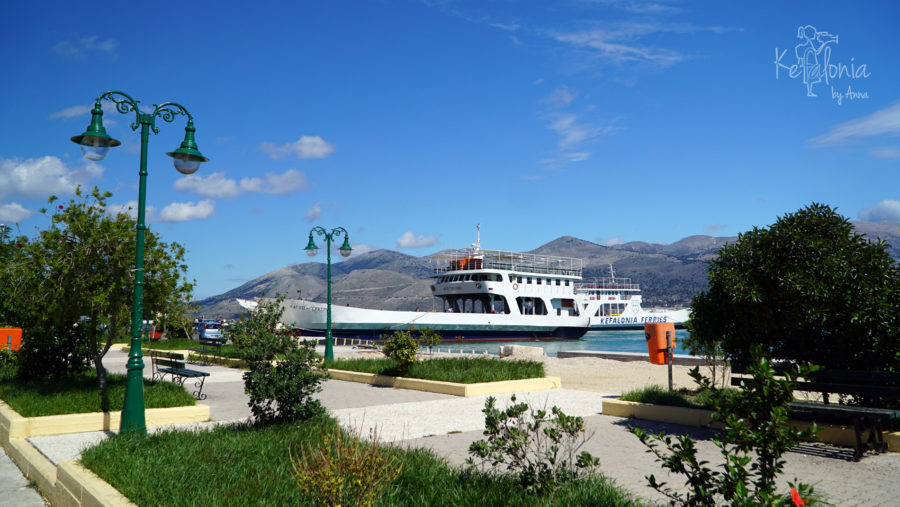
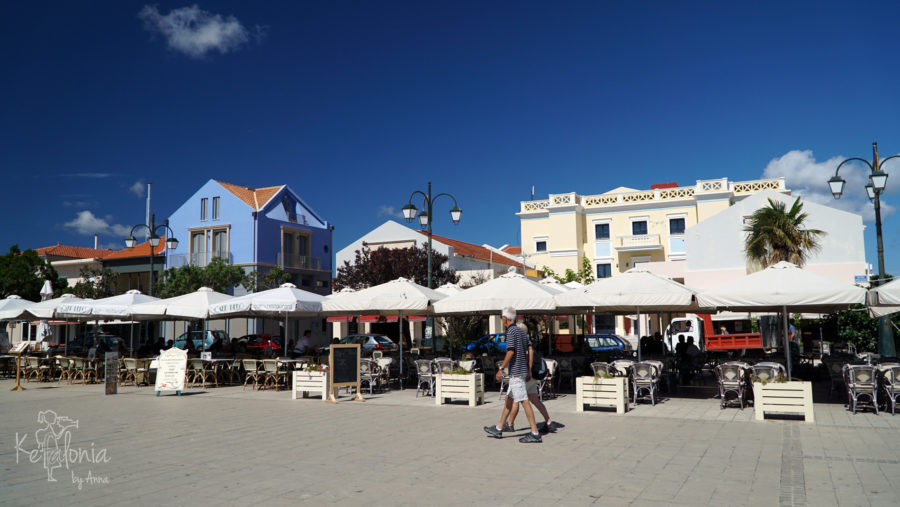
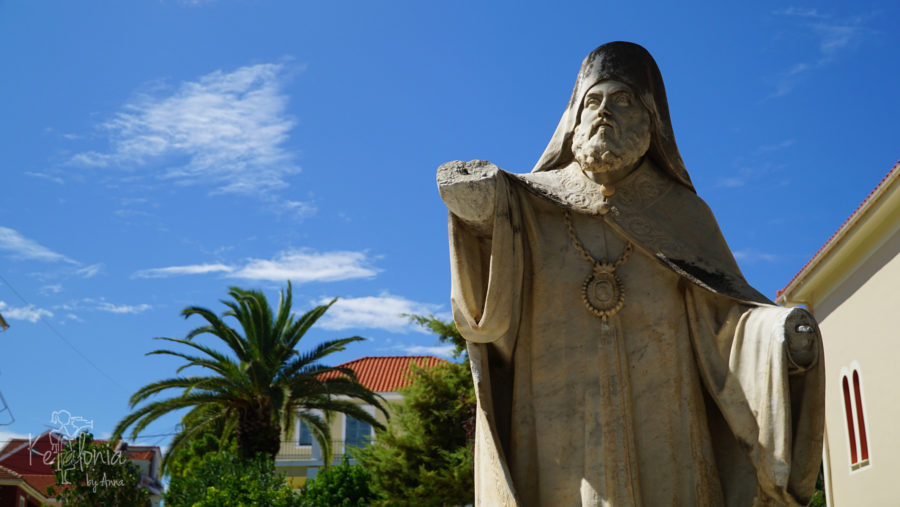
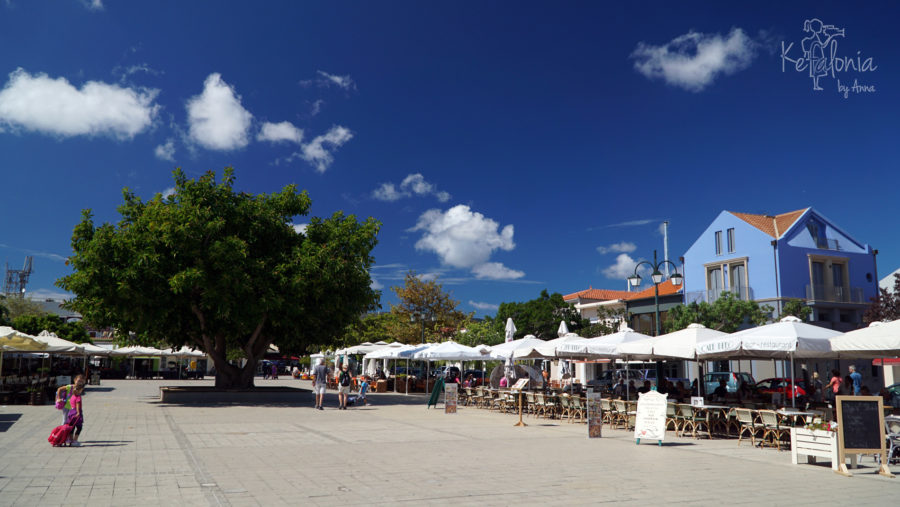
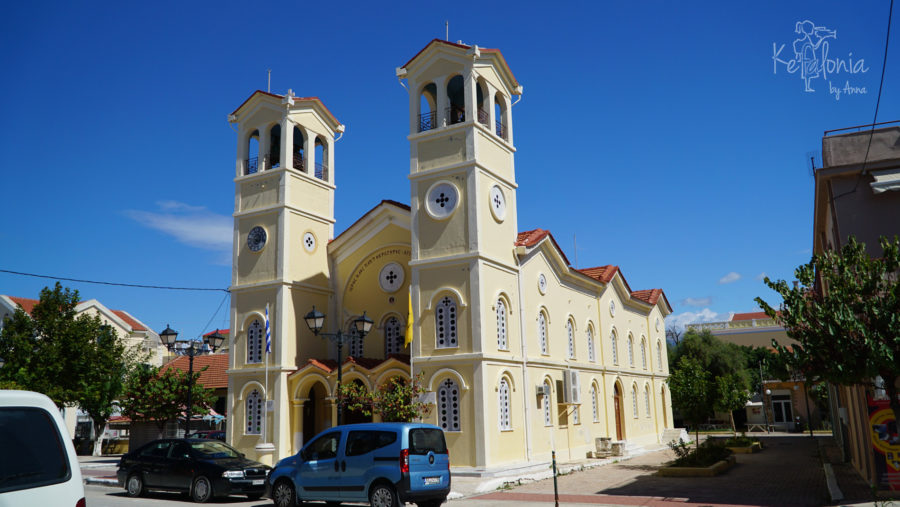
The new city was founded when the citizens of Pali found a new location for a town. The area of Paliki had from ancient times been ideal for cultivation, a flat, fertile land, with hills and clay soil. The oldest document which contains the name “Lixouri” was sent in 1534 by local authorities to the Senate of Venice. In the 19th century, Lixouri was a popular tourist destination- major personalities like Richard Strauss visited the town during this period.
Many houses were destroyed in the earthquakes of 1867 and 1953. Slowly the town was rebuilt with respect to the traditional architecture, unlike other places on the island and from the 1990s became again a popular tourist destination with accommodation and services mainly built south of the town near the beaches.
Residents of Lixouri are famous for their musical tendencies and their musical background, that is why the town holds the second oldest philharmonic orchestra in Greece. The orchestra produces concerts of a very high standard and takes part in public parades in Kefalonia as well as in other places in Greece. Other important sights in the area are the ancient city of Pali which was probably a Corinthian settlement which was situated at the entrance of Lixouri (today is called Kolona). The church of Agios Charalampos (the patron saint of the city) and the statue of the poet and satirical author Andreas Laskaratos, who wrote about the life in his home town. The statue has its back turned to Argostoli, giving a humorous touch to the old rivalry between the two cities.
One of the few buildings, that survived the earthquake of 1953 but was damaged by the 2014 earthquake, was the mansion of Typaldoi-Iakovatoi which was turned into a library with a rich collection of 25000 books and many rare publications and other literary treasures. In the front yard of the mansion, cultural events were organised during the summer months. Now the library is housed in another building.
Lixouri is a lively town with all the necessary services, a variety of good restaurants and bars, a market, bank, pharmacies, public services and a hospital, and some claim that the nightlife here is more exciting than Argostoli!
The cafes have their own style and great atmosphere, for a nice coffee and desserts head to the main beautiful and busy square of Lixouri. It is situated in a unique position just in front of the sea with the sea breeze tickling your senses.
Lixouri has a small port with a ferry line with services to Argostoli (departing every 1 or 1/2 hour) that is used for vehicles as well as pedestrains.
The nearest best beaches are Lepeda, Xi, Vatsa, Petanoi, Lagadakia and Platia Ammos.



